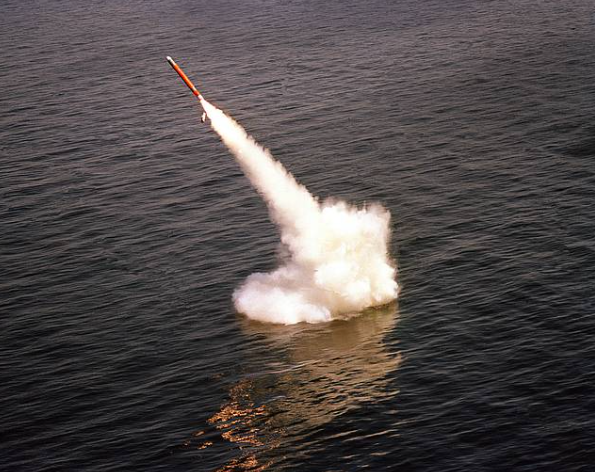
That’s the thinking driving the United States to modernize its strategic arsenal, and a sighting over California last week suggests one of its most secret programs may have quietly emerged into the open: the AGM‑181A Long‑Range Standoff (LRSO) nuclear cruise missile. The sighting comes as Russia is testing a nuclear-powered missile, Burevestnik, and China is rapidly expanding its arsenal in a worldwide race to field systems capable of breaking through advanced defenses amidst growing nuclear tensions.
The LRSO is designed to replace the AGM‑86B Air Launched Cruise Missile, a Cold War veteran now facing survivability challenges against modern air defense networks. Much about the program remains classified, but emerging details from budget documents, acquisition reports, and eyewitness accounts reveal a more complete picture of its place in America’s nuclear triad and the strategic calculus shaping its deployment.

1. First Public Sighting Over Owens Valley
On October 29, 2025, aviation photographer Ian Recchio captured images of a B‑52H Stratofortress carrying two unfamiliar missiles over Owens Valley, California. The weapons bore a striking resemblance to the official LRSO rendering released in June. Mounted on the outer stations of a Multiple Ejector Rack, they displayed fold‑out wings, an inverted‑T tail, and a sharply angled fuselage hallmarks of the AGM‑181 design. This daylight flight aligns with the missile’s ongoing test program and may signal key developmental milestones.
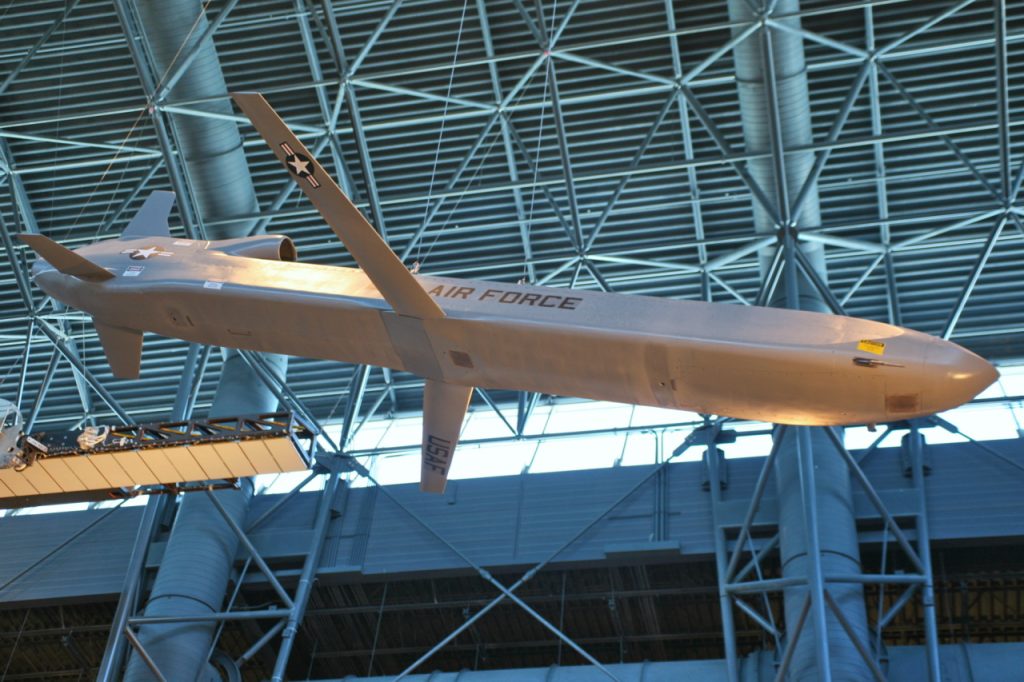
2. Designed for Stealth and Survivability
The LRSO will feature composite materials, special coatings, and a reduced radar cross‑section, all to make it difficult to detect. Flying subsonically, propelled by an air‑breathing engine, it can be launched from outside of the range of modern integrated air defenses. Onboard electronic countermeasures can jam tracking and targeting, adding to survivability in contested airspace. These changes make the LRSO a dramatic leap from the AGM‑86B that entered service in 1982 and today remains highly vulnerable to current threats.
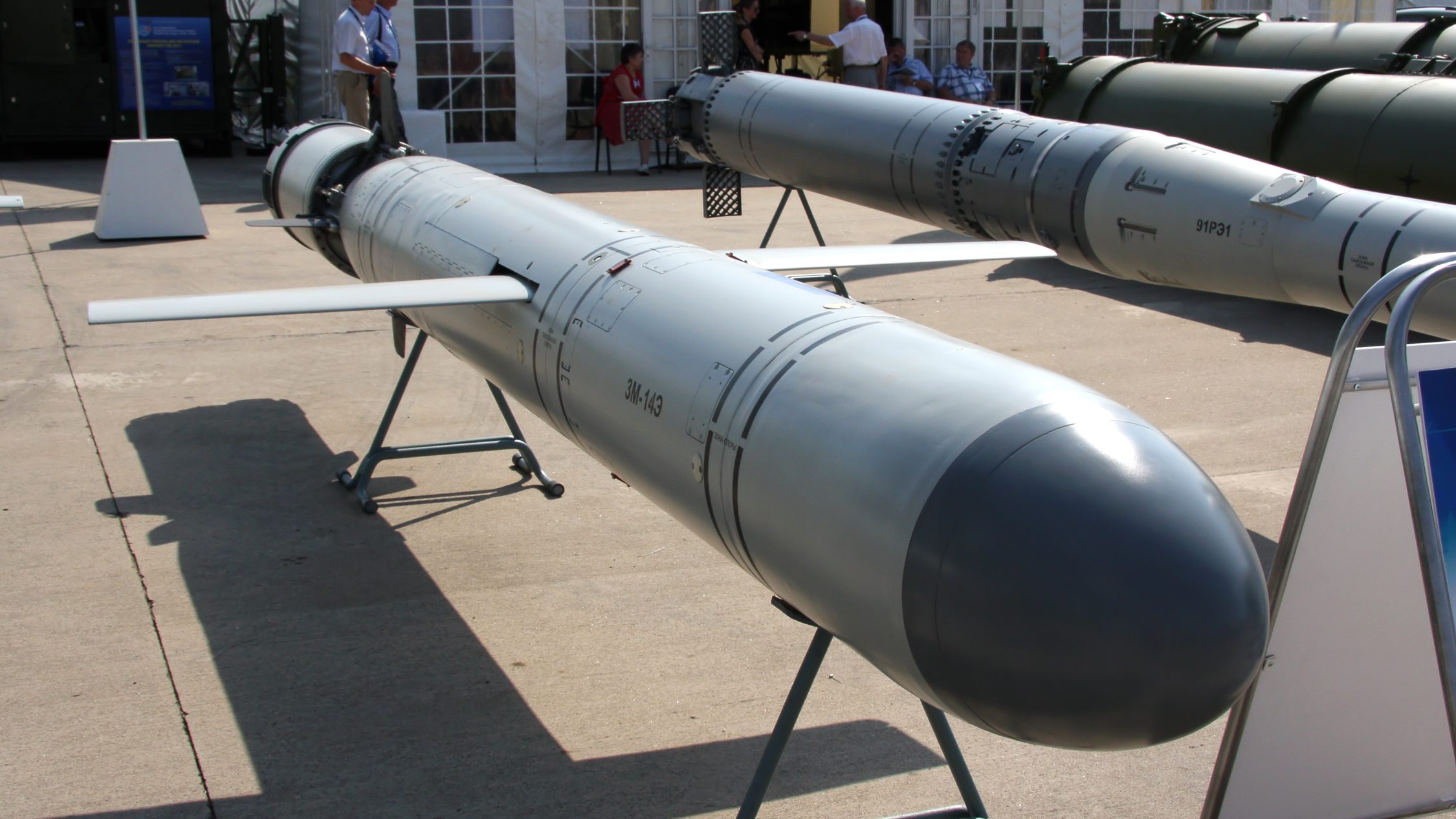
3. Strategic Role in the Nuclear Triad
Nuclear-capable bombers, as the aerial leg of the triad, provide a level of flexibility that land-based or submarine-launched systems cannot match. They can be forward-deployed, recalled in mid-mission, and utilized for strategic signaling. The LRSO offers a further extension of flexibility in standoff strikes from outside enemy air defense envelopes that expands strike options for U.S. leaders in global and regional scenarios.

4. Integration with B‑52H and B‑21 Raider
The LRSO will arm both the upgraded B‑52H Stratofortress and the next‑generation B‑21 Raider stealth bomber. The B‑52H can carry as many as 20 cruise missiles, while the B‑21 will combine the LRSO with B61‑12 and B61‑13 gravity bombs. This dual-platform integration ensures the missile’s relevance across legacy and future bomber fleets, reinforcing the bomber force’s modernization.
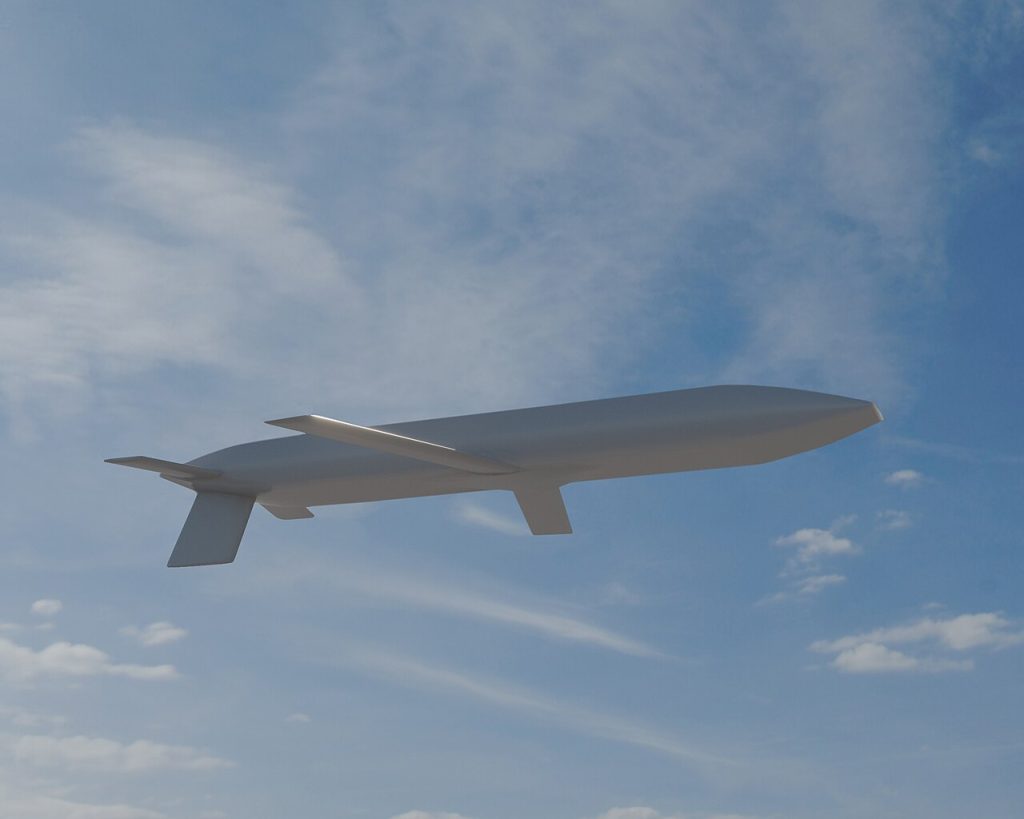
5. Costs of Programs and Production Plans
The US Air Force is expected to acquire approximately 1,087 LRSO missiles at a per-unit cost of around $14 million, placing total program costs between $14.2 billion and $16.2 billion. Low-rate initial production will start in fiscal 2027, full operational capability would be achieved by 2030. The funding profile surges to above $1.2 billion in 2027 as the transition from development to production begins.
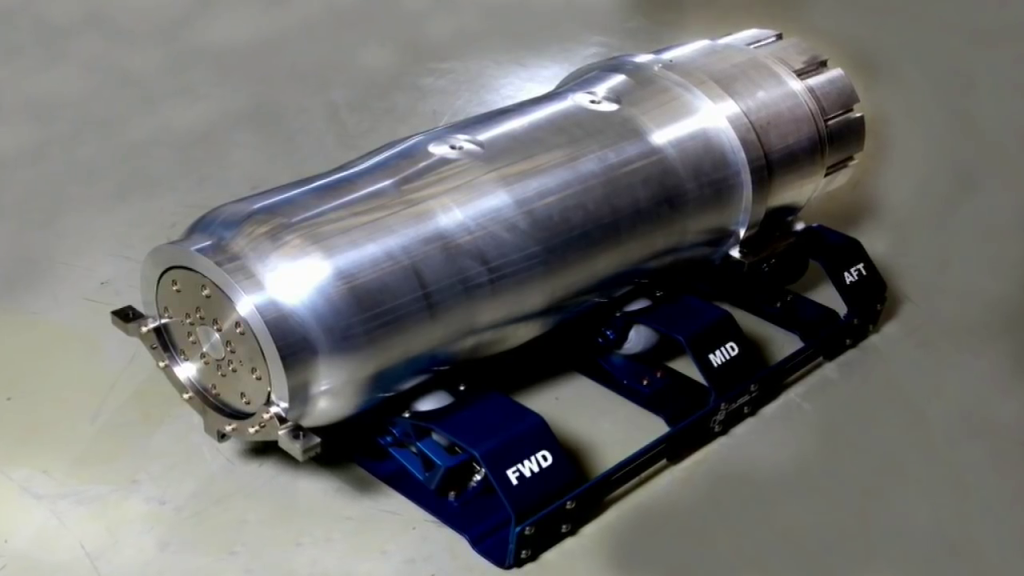
6. Warhead modernization: W80‑4
It will be fitted with a modernized W80‑4 thermonuclear warhead with design features for higher yield flexibility, safety, and security. Completion of the first production unit is scheduled for late 2027. Modernization of the warhead is parallel to that of the missile, so compatibility and readiness can be ensured upon deployment.

7. Budget Adjustments and Development Timeline
Funding was reduced by $146.1 million in Fiscal 2025, apparently due to spending caps rather than technical issues. Development has been stretched out by a year, with final design validation, nuclear certification and aircraft integration lasting through 2029. Officials say the program remains on track to be ready for production in 2027, despite the adjustments.

8. Comparison with Russia’s Burevestnik
While Russia’s Burevestnik nuclear-powered cruise missile promises, in theory, unlimited range and the ability to bypass missile defenses, the LRSO emphasizes precision and stealth as it looks toward integration with current bomber platforms. Nuclear propulsion frees up fuel constraints around the Burevestnik, but introduces unresolved safety and reliability concerns, not least of which are those related to various test accidents that have taken place.
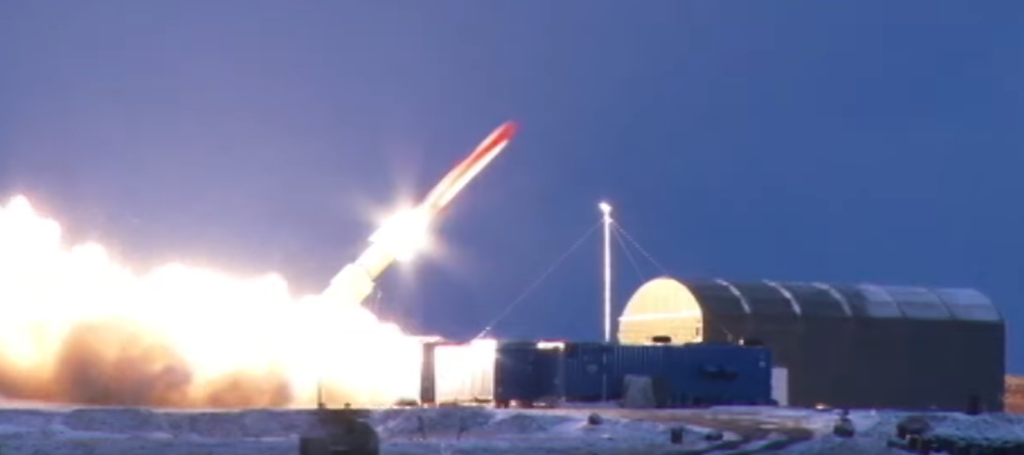
9. Strategic Messaging in Great‑Power Competition
The timing of the visible test flight, days after Russia announced its Burevestnik, may be coincidental, but it adds to U.S. resolve on nuclear modernization. As Air Force acquisition chief Andrew Hunter told the Senate Armed Services Committee, “LRSO is a critical modernization effort for the U.S. nuclear triad. on track and performing well on both cost and schedule.” Such demonstrations are both technical validation and geopolitical signaling in this climate where Russia and China are growing their arsenals. The AGM‑181A LRSO is more than a replacement for an aging missile it’s a cornerstone in the U.S. strategy to maintain credible deterrence against increasingly sophisticated adversaries.
Its combination of stealth, range, and survivability will continue to make the bomber leg of the nuclear triad relevant well into the 21st century. As the program transitions from development into production, its progress will be followed, not just for the technical achievements, but also for the strategic balance it helps shape in a rapidly changing nuclear landscape.

